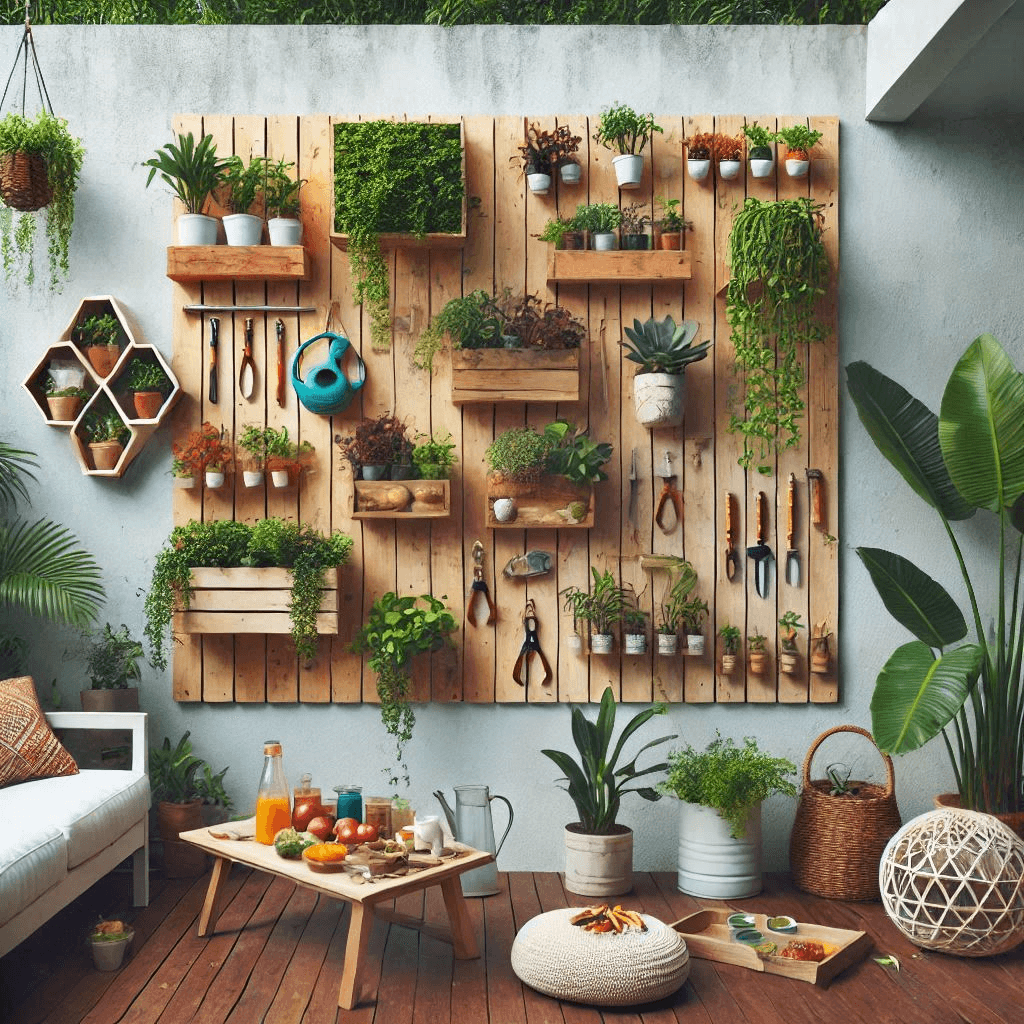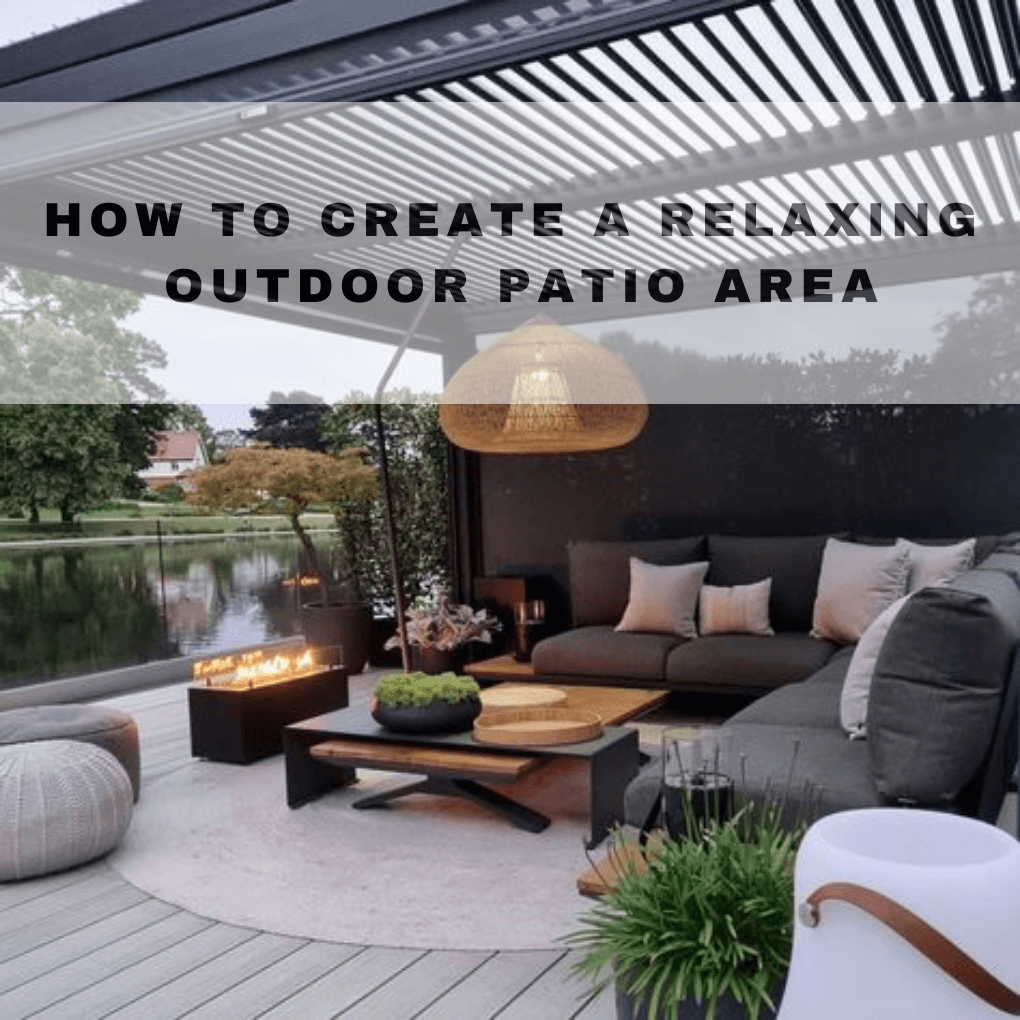A vertical garden wall is a fantastic way to maximize space while bringing greenery into your environment. Whether you live in a compact apartment or a home with a small backyard, a vertical garden can add a touch of nature without taking up much room. It improves air quality, boosts aesthetics, and can even provide fresh herbs for your kitchen. The best part? You can create one yourself with just a few materials and steps. In this guide, we’ll show you how to design and maintain your DIY vertical garden wall.
What You Need to Start Your DIY Vertical Garden Wall
Before diving into the project, it’s crucial to gather all the necessary tools, materials, and plants. Being well-prepared will save time and ensure a smoother process.
Tools and Equipment Checklist
To create your vertical garden wall, you’ll need essential tools like a drill for assembling the structure and screws to hold it together. A hammer and nails are useful for extra support, while a measuring tape ensures precise dimensions. If you’re customizing materials, having a small saw, hooks, or brackets can be helpful but are optional.
Materials for the Garden Wall
Selecting the right materials will ensure your garden is sturdy and long-lasting. Wooden pallets or panels are ideal for frames, as they’re durable and easy to work with. Plastic pots, fabric pockets, or hanging baskets can serve as planters, depending on your design preference. If you prefer an eco-friendly approach, consider repurposing items like old crates, bottles, or metal grids. Recycled materials are cost-effective and add a unique, sustainable touch to your project.
Plants to Use
Choosing the right plants is key to the success of your garden. Low-maintenance options such as succulents and air plants are great for beginners. For a functional garden, include herbs like basil, mint, or parsley, which are easy to grow and useful in cooking. Flowering plants add vibrant colors, while ferns or ivy provide lush greenery. Ensure your plant selection aligns with the light, temperature, and humidity conditions of the chosen location.
Preparing the Area for Installation
Preparation is a vital step to ensure your vertical garden wall is both sturdy and visually appealing.
- Choose a wall that is structurally sound and receives adequate sunlight. For indoor gardens, pick a spot near a window or well-lit area, while outdoor gardens should be shielded from harsh weather conditions.
- Measure the wall space carefully. This helps determine the size of your garden and ensures you mark the exact locations for planters or shelves.
- Plan your layout before installation. This will help you decide on the arrangement of plants and ensure proper spacing to allow them to grow without overcrowding.
Step-by-Step Guide to Building Your Vertical Garden Wall
This detailed guide will help you create a functional and beautiful vertical garden.
Step 1: Build or Assemble the Frame
The frame is the foundation of your garden wall. Use materials like wooden pallets, metal grids, or pre-made frames to construct a strong and durable base. Sand wooden surfaces to remove rough edges and splinters. Attach the frame to the wall securely using brackets or screws, ensuring it can support the weight of the planters and soil.
Step 2: Attach Planters or Holders
Once the frame is ready, attach your planters or holders. Evenly space them across the frame to ensure each plant has enough room to grow. You can secure lightweight planters with zip ties, while heavier pots may require screws or hooks. If needed, reinforce heavier planters with brackets for extra stability.
Step 3: Install Irrigation System (Optional)
To simplify watering, consider installing an irrigation system. A drip irrigation setup works best, as it delivers water directly to the plant roots, minimizing waste. Connect the system to a water reservoir to make the process more efficient. This step is optional but highly recommended for larger or more complex gardens.
Step 4: Add Soil and Plants
With your frame and planters in place, it’s time to bring your garden to life. Fill each planter with nutrient-rich soil, ensuring it is well-draining to prevent waterlogging. Plant your chosen greenery carefully, making sure their roots are properly covered. Finally, add a layer of mulch or decorative pebbles to help retain moisture and give the garden a polished look.
Caring for Your Vertical Garden Wall

Maintaining your vertical garden is simple if you follow a regular care routine.
- Watering: The frequency of watering depends on the plants you’ve chosen. Typically, most plants require watering two to three times a week. Always check the soil to ensure it’s not too dry or overly wet.
- Pruning and Maintenance: Keep your garden neat by pruning overgrown plants and removing dead leaves. Regularly inspect your plants for pests or diseases and treat any issues promptly. Fertilizing the plants monthly can also encourage healthy growth.
- Replacing Plants: Some plants may not thrive and will need to be replaced. Swap out struggling plants with new ones and consider rotating seasonal plants to keep the garden vibrant and fresh.
Benefits of Having a Vertical Garden Wall
A vertical garden wall isn’t just a space-saving feature—it comes with many other benefits that make it worth the effort.
- It saves valuable floor space, making it perfect for small homes, apartments, or balconies. By utilizing vertical areas, you can have a thriving garden without sacrificing living space.
- Plants in a vertical garden improve air quality by filtering pollutants and releasing oxygen. This creates a healthier indoor or outdoor environment.
- A vertical garden adds beauty and charm to any area, serving as a unique and eye-catching decor piece. It brings life and color to otherwise plain walls.
Conclusion
A DIY vertical garden wall is an exciting and rewarding project that enhances any space. By following the steps outlined above, you can create a lush, green garden tailored to your home’s style and needs. Whether you aim to grow herbs, beautify your surroundings, or improve air quality, this vertical gardening solution is simple and effective. Start your vertical garden today and enjoy the benefits of a greener, more vibrant environment!




